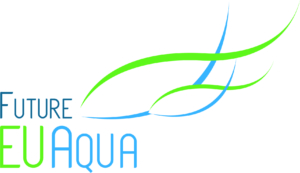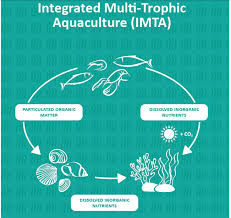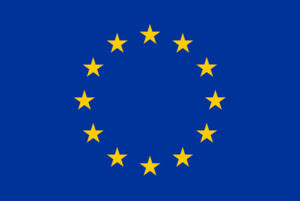PRODUCTION SYSTEMS
Sustainable and resilient production systems
FutureEUAqua will investigate the innovations on sustainability and resilience in production types RAS, IMTA and open cage aquaculture systems within the frame of nutrient flows and treatment, and water quality, with an emphasis on production, economic profitability and environmental impact:
Integrated Multi-Trophic Aquaculture (IMTA)
For IMTA, the functioning of a commercial IMTA farm will be examined and its production and nutrient fluxes compared to those of a similar yet conventional farm. The concept fish/IMTA is emerging and needs further improvement and testing at small scale. There is a need and big commercial interest to get IMTA implemented on a commercial scale to recapture nutrients lost to the open water by the fish and get the nutrients transformed in e.g. sea weed and shellfish, thus providing environmental services to maintain environmental sustainability in fish farming.
Recirculating Aquaculture System (RAS)
In RAS, new and innovative water quality evaluation methods such as particle size distribution and bacterial activity measurements will be tested in addition to traditional water quality parameters, such as organic matter and nitrogenous compounds to create a complete view of the water quality
The environmental impact of breeding, nutritional and technological innovations in RAS will be benchmarked against current practices in open cage farming in terms of nutrient discharges. The innovations coming from the sustainable breeding, ingredients & feed, production systems and the quality and safety, will be assessed in both an economic model and an environmental model and compared to the current value chain.
Economic profitability and environmental impact of production systems
The economic and environmental impact of the innovations coming from FutureEUAqua will be evaluated for the complete value chain. The analyses will conclude with the calculation of the integration of the innovations in the value chain into a monetary value by true pricing. Comparing the true prices of the innovations with the true price of current production methods will provide insight into possible trade-offs between different sustainability topics, and therefore provide a valuable instrument for decision-making by industry and governmental institutes. Innovators will gain more insight into the improvement potential of the technologies they are developing and can better decide which technologies need to be further developed and promoted.



